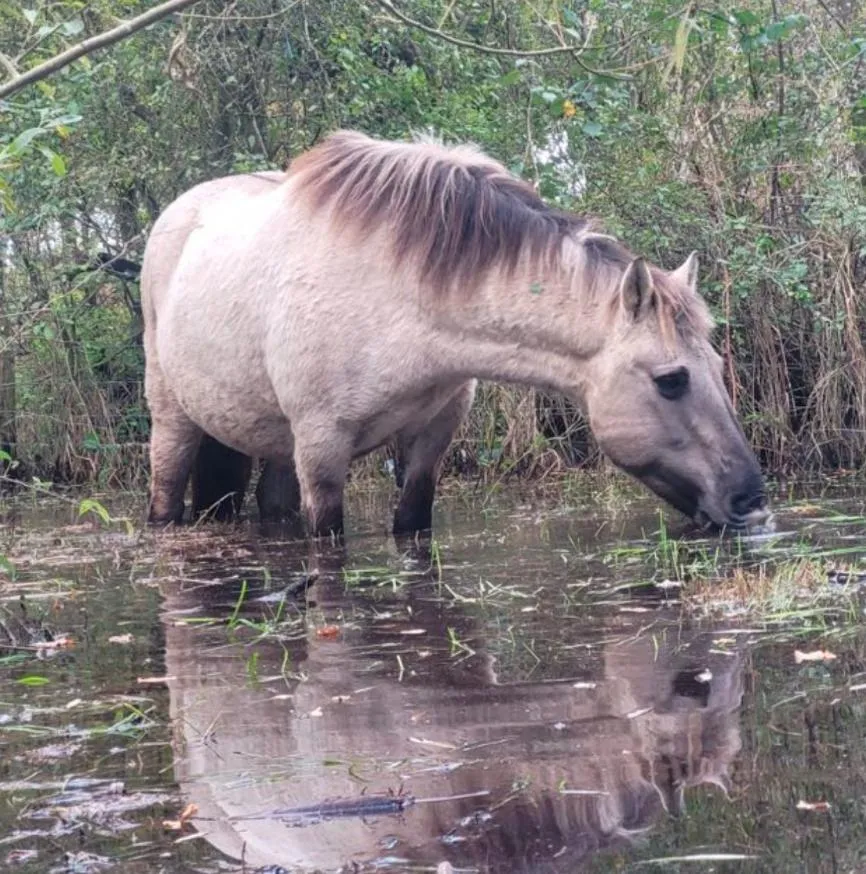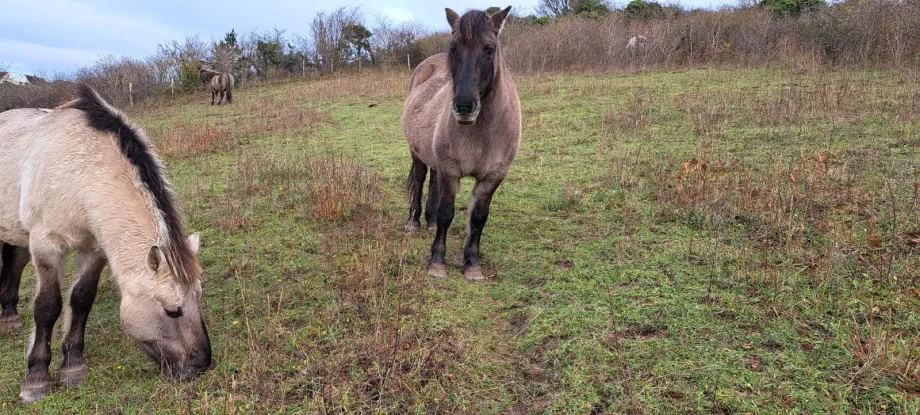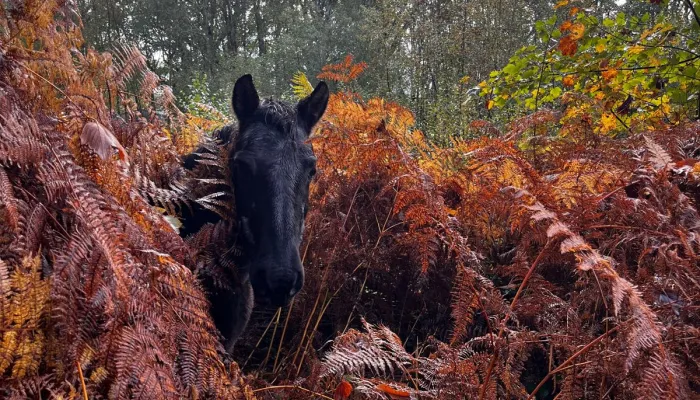
Dun coloured Konik; you can see the darker ridge along its back and it’s darkened legs.

Wilder grazing
Our ground-breaking Wilder Grazing Strategy supports the nature-positive management of our estates, encouraging wildlife recovery and adaptation to the changing climate. Meet some of the amazing animals that support our work.

